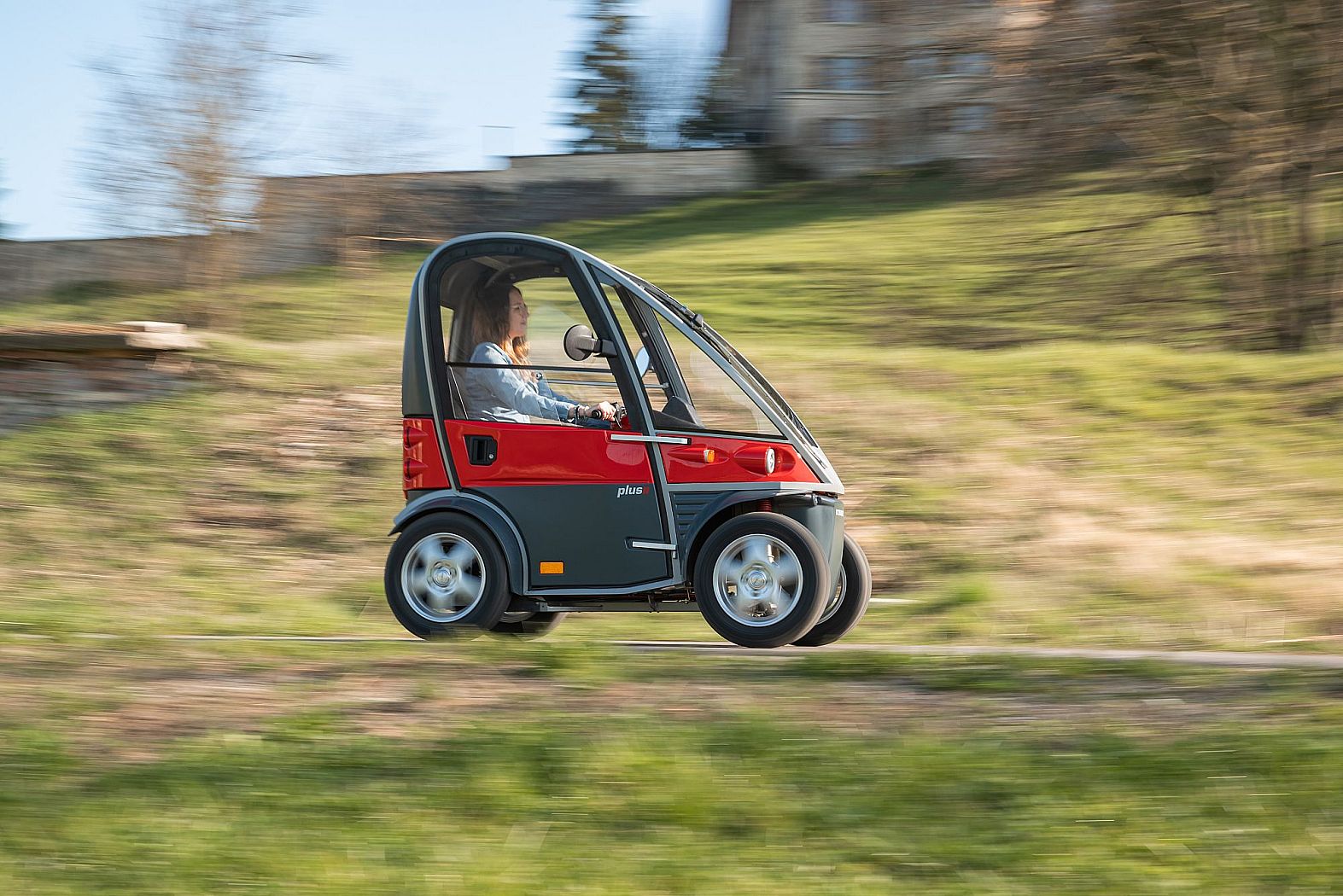I've been saying this for a while. Not only that, but electric cars are substantially heavier than their ICE-powered equivalents, meaning both tires and roads wear out more quickly. Plus, there's a ton of pollution and other environmental damage caused by battery production that at least partly offsets the lack of tailpipe emissions.
As loathe as I am to admit, because I'm a car enthusiast and I enjoy driving, cars cannot be the default mode of transportation everywhere indefinitely; they will always need to exist, but should mostly be for small centres with no capacity to implement transit infrastructure and last mile type of things.




